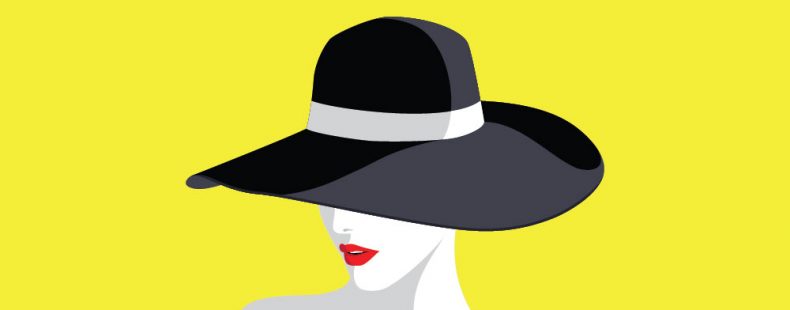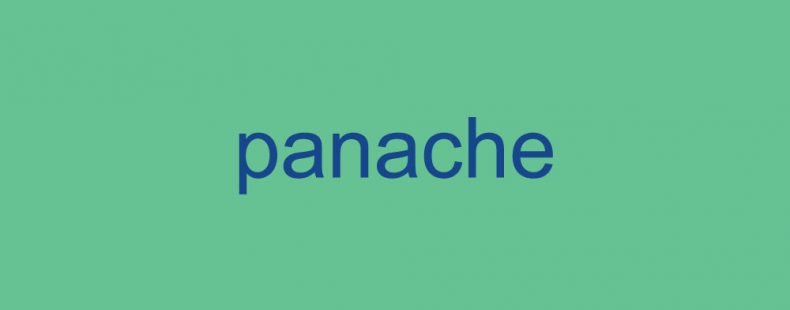Even if you don’t have a very strong sense of fashion, you can at least sound like you do. How, you ask? By adding some very fashionable words to your vocabulary, dah-ling.
While trends and styles vary from generation to generation, fashion has always been integral to cultures across the globe. It’s part of the very fabric of who we are (see what we did there?), so naturally it also developed its own language.
Do you know what a haberdashery is? Where did the word zhuzh come from? (Hint: it’s from a popular TV show.) We’ve rounded up these and several other fashion-forward words that are always in style. Their connections to the glamorous world of fashion may surprise you!





















